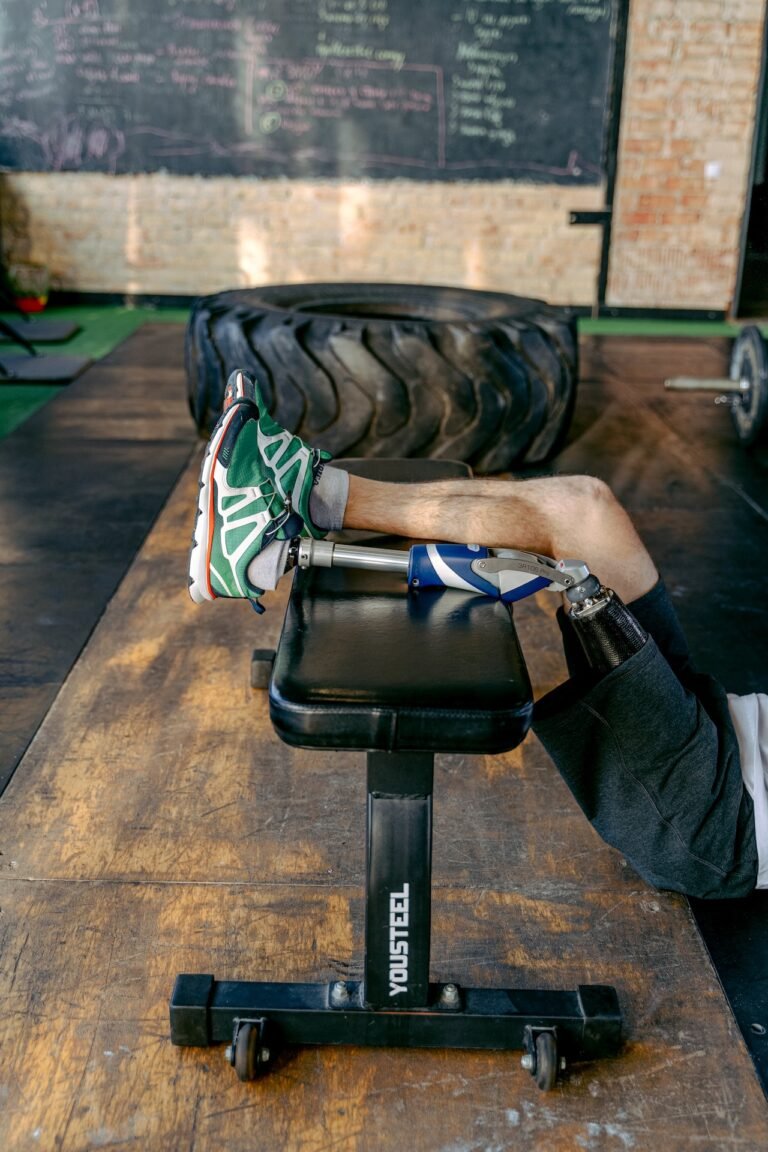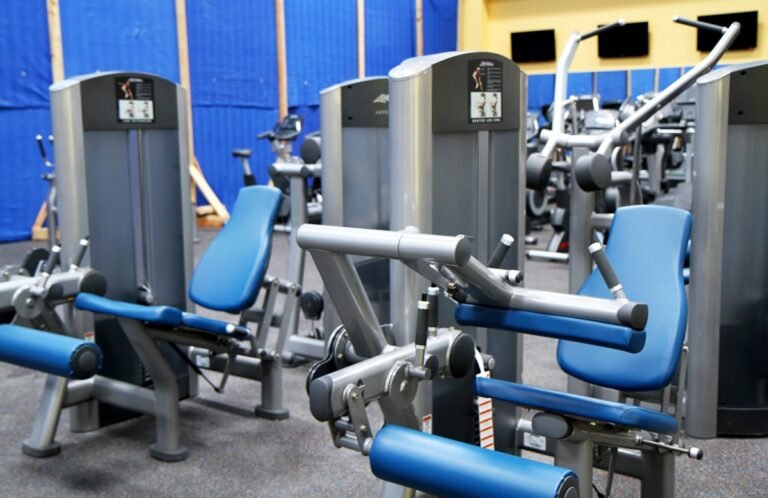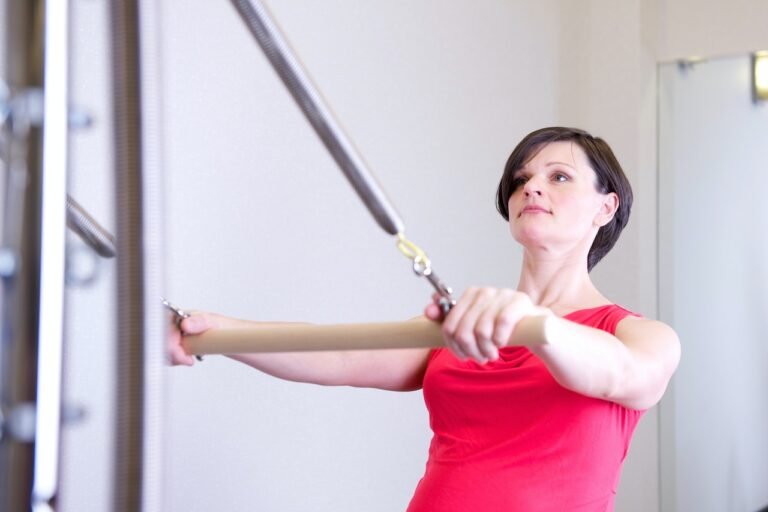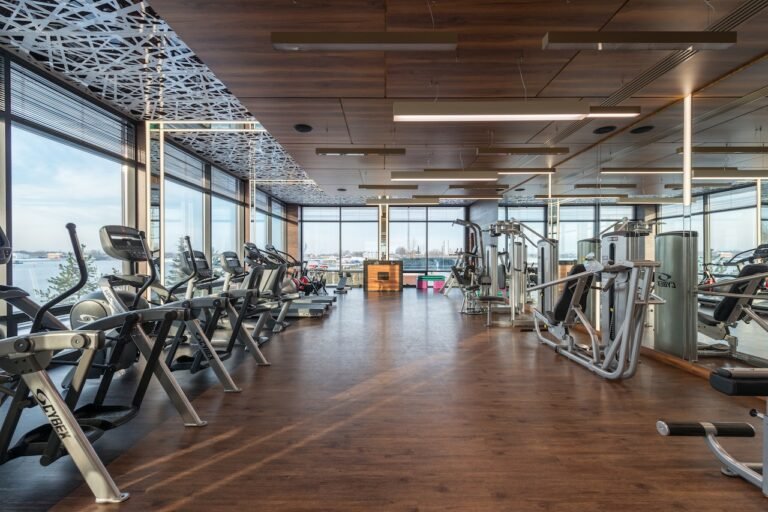The Ultimate Guide to the Kettlebell Row: Strength, Form, and Benefits
The fitness landscape has seen a myriad of exercises, each promising to tone, strengthen, or increase endurance. Amid this vast array, the kettlebell row consistently proves to be a standout. Not only does it provide a robust workout for several muscle groups, but its versatility also makes it suitable for fitness enthusiasts of all levels.
Understanding the Kettlebell Row
In the vast and diverse world of fitness exercises, understanding the nuances of a specific workout is pivotal for achieving the desired results. The kettlebell row stands as a remarkable entity, revered for its ability to merge strength training with functional fitness. This exercise, frequently featured in fitness regimes, is often hailed for its comprehensive approach to muscle engagement and posture enhancement.
The kettlebell row is not just another weightlifting exercise; it is a celebration of what the human body can achieve with the right tools. Incorporating the kettlebell row into your workout routine can mean stepping into a higher tier of fitness, where power meets grace, and endurance meets agility.
The Anatomy of a Kettlebell
Before delving deep into the kettlebell row, let’s understand the star of the show – the kettlebell. A kettlebell is a cast-iron or steel ball with a handle attached to the top. This simple yet effective design offers a wide range of movements that are not possible with regular dumbbells.
Its unique structure allows for both stability and mobility. The rounded base provides an uneven distribution of weight, which requires more engagement from your muscles to stabilize during exercises. The handle, on the other hand, facilitates a firm grip, making it easier to perform swinging and pulling motions, such as those in a kettlebell row.
The kettlebell, due to its anatomy, promises an intense workout session, challenging both your strength and your balance. Its structure encourages a full range of motion, promoting functional strength and enhancing muscle endurance.
Muscles Targeted By Kettlebell
- Latissimus Dorsi (Lats): The broadest muscle in the back, this is the primary muscle worked during a kettlebell row.
- Rhomboids: These muscles are located between the shoulder blades and help retract the scapula.
- Trapezius: This muscle extends down the back of the neck and upper spine, playing a key role in various shoulder movements.
- Biceps Brachii: While it’s predominantly a back exercise, the kettlebell row also engages the biceps due to the pulling motion.
Step-by-Step Guide to Mastering the Kettlebell Row
Mastering the kettlebell row requires a blend of the right technique and consistent practice. Here’s a step-by-step guide to help you get started:
Starting Position
- Stand with feet shoulder-width apart.
- Hold a kettlebell in one hand, keeping the other free or placed on a bench for support.
- Maintain a neutral spine and a braced core.
Hinge at the Hips
- Initiate the movement by hinging at the hips, not the waist.
- Keep a slight bend in your knees, allowing your torso to be almost parallel to the floor.
- Your back should remain straight, with shoulders pulled back slightly to avoid rounding.
The Row
- Begin the row by pulling the kettlebell towards your waist.
- Keep your elbow close to your body, creating a rowing motion.
- Ensure that your shoulder is stable and not hiking up during the movement.
The Return
- Slowly lower the kettlebell back to the starting position in a controlled manner.
- Keep the core engaged to protect the lower back.
- Maintain a neutral neck position, avoiding any undue strain.
Repetitions
- Perform the desired number of repetitions before switching to the other side.
- Consistency and controlled movements are key to mastering the kettlebell row.
How to Perform the Kettlebell Row
- Starting Position: Stand with feet shoulder-width apart. Hold a kettlebell in one hand, keeping the other free, or placed it on a bench for support.
- Hinge at the hips: Push your hips back, keeping a slight bend in your knees. Your upper body should be almost parallel to the floor.
- Row: Pull the kettlebell towards your hip, keeping your elbow close to your body. At the peak of the movement, your elbow should be higher than your back.
- Return: Slowly lower the kettlebell back to the starting position.
- Reps: Perform the desired number of repetitions and then switch sides.
Benefits of the Kettlebell Row
- Strengthening: The kettlebell row is unparalleled in its ability to strengthen the muscles in your back, shoulders, and arms.
- Improved Posture: Regularly performing the kettlebell row can contribute to a better posture, as it strengthens the muscles responsible for an upright stance.
- Versatility: Whether you’re a newbie or a seasoned lifter, the kettlebell row can be adapted to challenge any fitness level.
- Functional Strength: The movement mimics everyday activities, enhancing functional strength and reducing the risk of injuries.
Read Also:
Pro Tips for the Kettlebell Row
- Engage Your Core: Keep your core engaged throughout the movement to support your lower back.
- Avoid Neck Strain: Ensure your neck remains neutral, and aligned with your spine.
- Steady Pace: Aim for controlled, steady reps instead of speeding through them. This ensures maximum muscle engagement and reduces the risk of injury.
Pros and Cons of the Kettlebell Row
Pros:
- Total Body Workout: Beyond the primary muscles, the kettlebell row also engages the core, hips, and legs, offering a total body workout.
- Joint Health: Due to the nature of the kettlebell’s weight distribution, it can promote healthier joint movement, reducing the risk of injuries.
- Adaptable: Whether you’re rehabilitating from an injury or looking to intensify your workout, the kettlebell can be easily adapted.
Cons:
- Risk of Poor Form: If not performed correctly, there’s a risk of straining the back or shoulders.
- Initial Learning Curve: It might take beginners some time to get accustomed to the movement and the unique weight distribution of kettlebells.
- Equipment Requirement: Unlike bodyweight exercises, you’ll need access to kettlebells of varying weights to progress.
Do Fitness Trainers Recommend the Kettlebell Row?
Absolutely! Many fitness trainers advocate for the inclusion of kettlebell rows in workout routines, especially for those looking to build back strength and enhance overall muscular stability. Its adaptability means it can suit a range of clients, from those looking for functional strength to individuals working on muscle building. However, trainers also emphasize the importance of learning the correct form to reap the full benefits and avoid potential injuries.
Conclusion
Incorporating the kettlebell row into your fitness routine offers a holistic approach to strength and endurance. It’s a testament to how a single exercise, when done correctly, can deliver an array of benefits. Remember, the key to reaping maximum benefits from the kettlebell is consistency and proper form. Now, it’s time to grab that kettlebell and give your back the workout it deserves!







